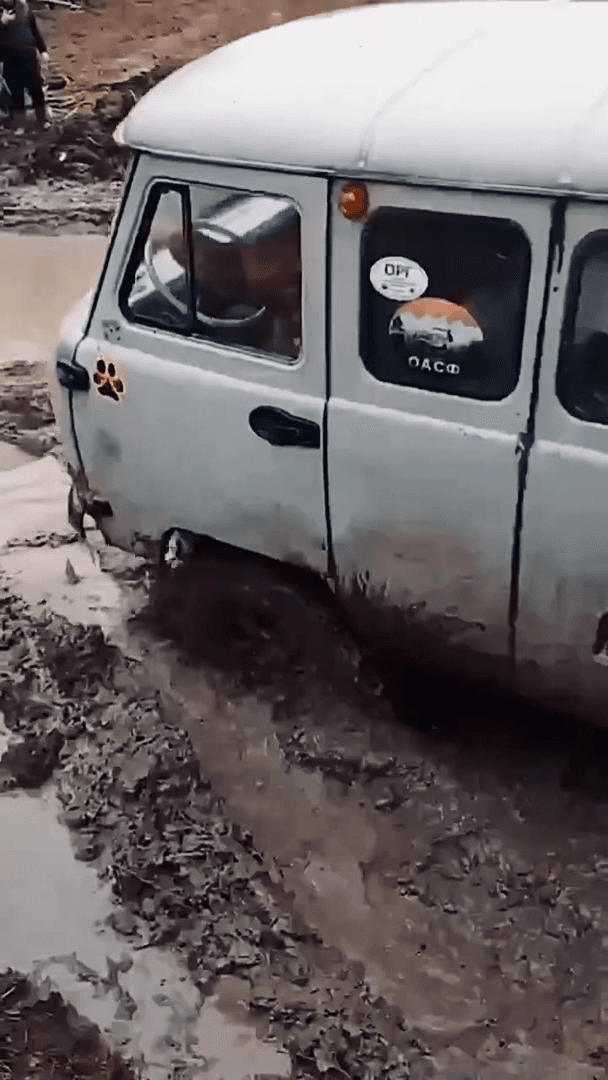
Hunting Seasons in Wyoming 2025: Big Game and Small Game, Licenses, and Regulations Guide Plan your 2025–26 Wyoming hunt with our comprehensive guide—season dates, bag limits, license info, tag draws, and key species from mule deer and elk to waterfowl and furbearers. Wyoming’s sprawling high plains, rugged mountain ranges, and river bottoms make it a premier destination for hunters chasing trophy mule deer, massive elk herds, and elusive bighorn sheep. Whether you’re glassing antelope on sage‑brush flats at dawn or slipping into timber for black bear, the Cowboy State delivers diverse seasons, clear bag limits, and robust license systems. Here’s your all‑in‑one guide to Wyoming’s 2025–26 hunting calendar, from archery openings through late‑winter waterfowl hunts. What Is There to Hunt in Wyoming? Wyoming supports an incredible lineup of game: Big Game: Mule deer, white‑tailed deer, elk, pronghorn antelope, moose, bighorn sheep, mountain goat, black bear, grizzly bear, bison, gray
Post: 12 July 12:57














































